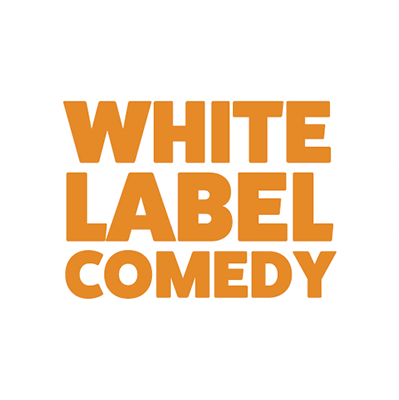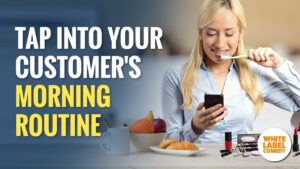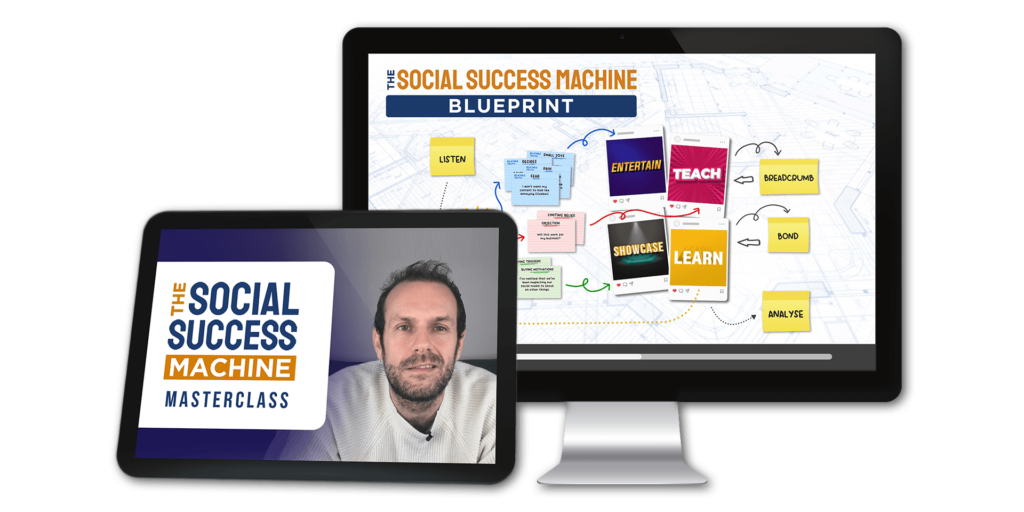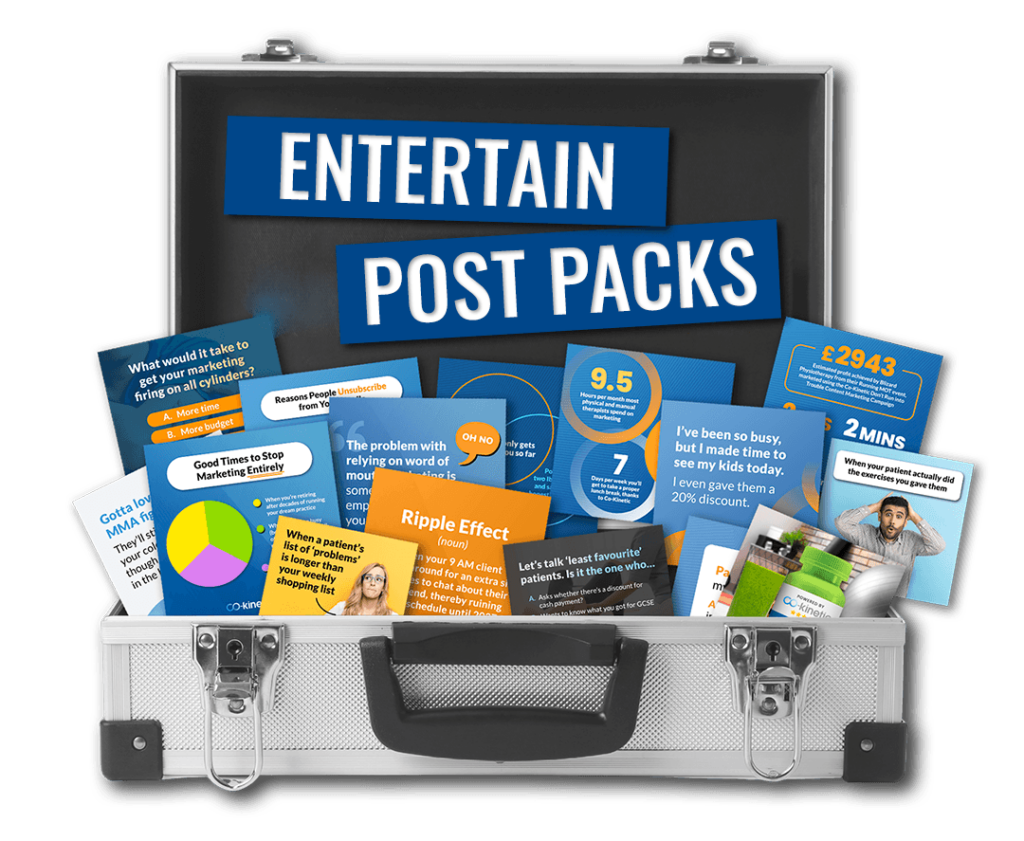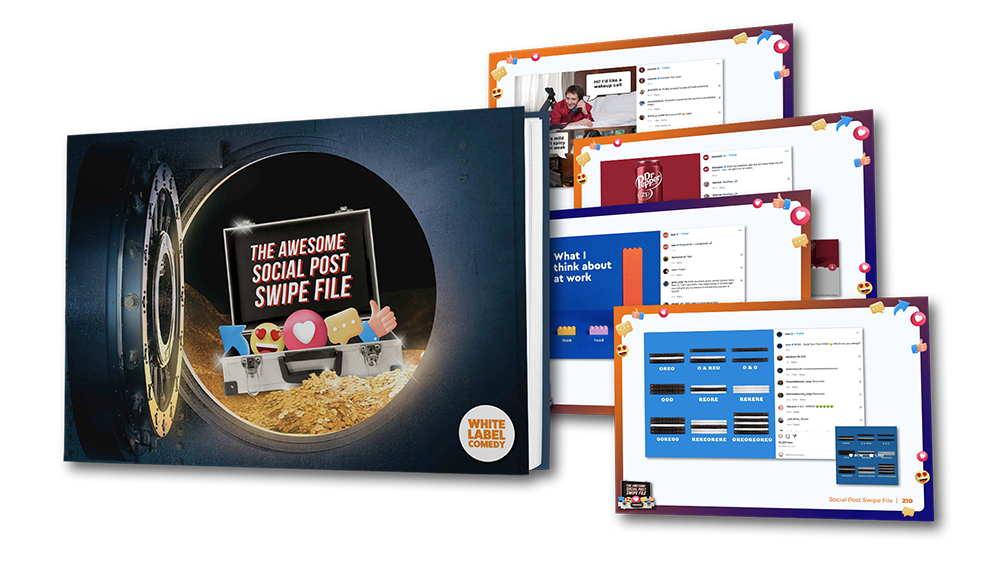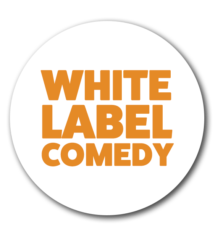April. If there’s any month brands hope to absolutely nail their gags on social, it’s when April Fool’s Day comes around again.
A golden opportunity to stand out from the crowd, win fans and achieve legend status.
Or a giant, ominous pitfall, just waiting for brands to trip up into it.
Some brands avoided it completely last year because of the pandemic, making the pressure to step up to the plate even bigger in 2021.
Whether a brand’s April Fool’s Day efforts go down in history, or down like a lead balloon depends on if they know what they’re doing with comedy.
So we’ve taken a look at the brands who – in our opinion – smashed it this April Fool’s Day…
…as well as the ones who should hire us to do better for them next year. Check them out below!
First up, the heroes:
Subway’s “Helping Hand”
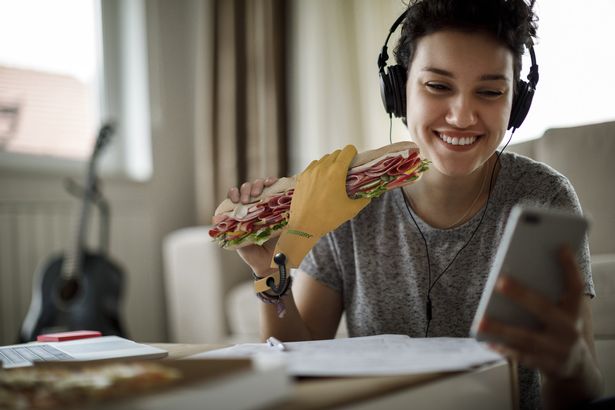
Subway’s April fools day gag was announcing the launch of its “helping hand”.
This gadget was allegedly a third hand you could strap to your wrist to help you hold your sandwich – Subway’s iconic two-hands-required-sized footlong – leaving your other hand free to scroll Social.
A Subway spokesperson said the “smart-tech” would “revolutionise lunchtime”. “It’s a game changer for customers who don’t want to lose out in their midday break.”
They ended with a reminder of how they serve their classic footlongs to still give us all that sandwich in a more convenient way… “For anyone that finds the idea a bit weird, we’re still happy to just cut their Subs in half.”
Why the joke works:
Who among us hasn’t experienced their sandwich falling apart in their hand, or the struggle to do something with one hand while trying to eat?
The biggest reason it works is that the core of the joke is relatable.
The premise of a Subway footlong sandwich being so long you need an extra hand to eat it is also a fun way to point out the big value you get with their offer.
Plus, it’s a silly, clear visual gag. It’s instantly surprising and fun. There’s no murky grey area of it sounding like a potentially real product. It’s so clearly a joke – there’s no way Subway would actually start selling these – you instantly know that and as soon as you do it leaves room to be tickled by the premise.
Yeo Valley’s “Moo-R Code”
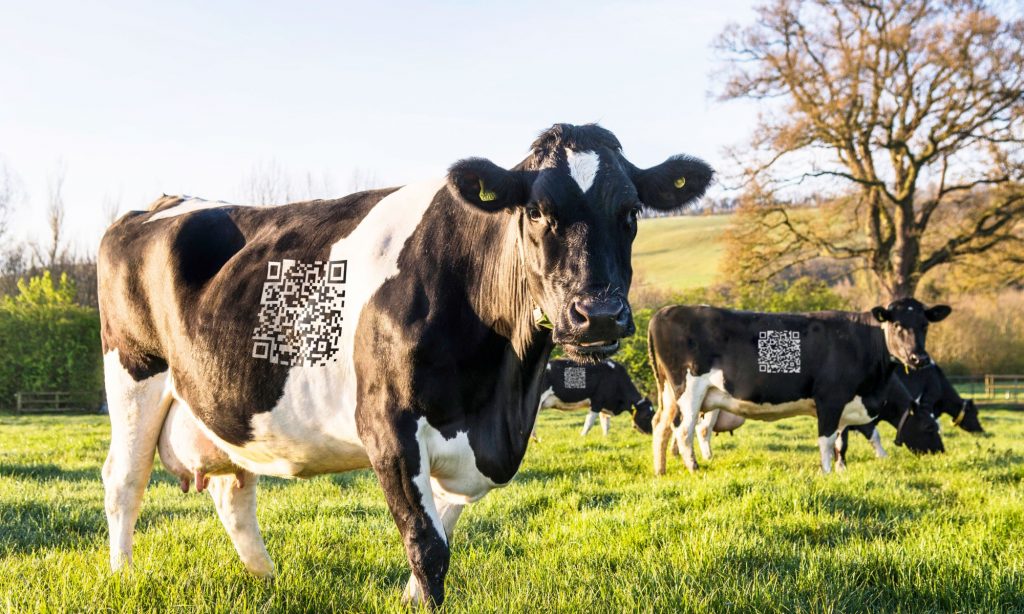
Britain’s largest organic dairy brand announced they had shaved scannable QR codes into the hides of all 400 of their cows to celebrate the national roll-out of their connected packaging. They recently announced QR codes will be included permanently across all their product packaging moving forward, as part of their moo-ve (…I’m sorry, this might happen a lot during this one…) towards fully recycled materials.
The Somerset-based, family-run, farm and manufacturer cited their connected-experience agency SharpEnd as responsible, claiming it was because the increasingly popular scannable QR technology has made a big comeback during Covid.
Each ‘Moo-R Code’ was apparently unique to each cow, and linked to the cow’s Facebook-style personal profile page – letting you check them out.
Why the joke works:
To be honest, SharpEnd made us do a double take with this one! It’s just believable enough to make you suspicious, playing on the very relatable truth of QR codes increasing in popularity, appearing everywhere as brands try to use them to create memorable experiences for customers.
But ultimately it’s pitched in the land of the silly, and is a clever way to take a recent piece of good PR the company wants to highlight (their new environmentally friendly QR coded packaging) and exaggerate it to a comedic level, by suggesting they’re even QR coding their cows too.
At a really simple satisfying level it also uses a fun pun, rhyming “moo” with Q. I’m a-moo-sed.
BMW’s cars without turn signals
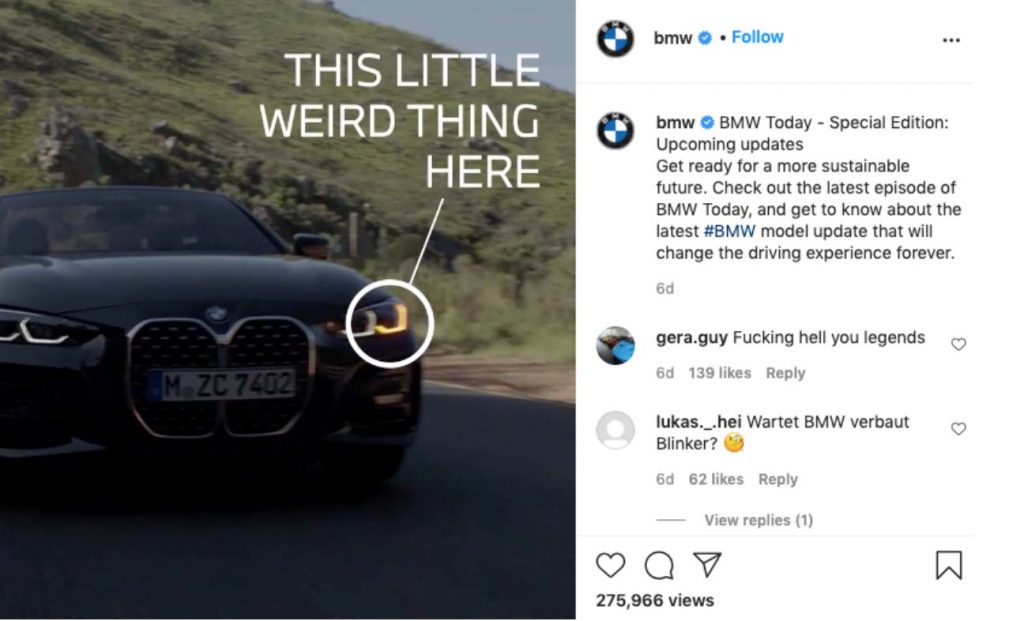
BMW posted a video on Instagram parodying a cool new product design announcement.
Gently mocking both their own customers and sleek environmentally conscious minimalism (referencing Apple removing the charging brick from iPhone packaging to lessen the impact of shipping) they talked about eliminating superfluous features for more sustainable, environmentally friendly production.
So which feature did BMW feel was the most underutilized in its vehicles? Turn signals.
According to their audience insights, they deduced that the least used feature on a BMW is the turn signal based on what people say about BMW drivers. Apparently this has been a common joke for ages and the source of endless memes.
BMW claimed that from 2022 onwards it would stop manufacturing cars with turn signals, because its customers don’t use them anyway. So why bother?
Why the joke works:
BMW have really nailed this one, using the classic White Label Comedy formula.
They’ve taken two things relevant to their audience –
Thing A – the relatable stereotype that BMW drivers don’t use their turn signals.
Thing B – the relatable desire for manufacturers to operate in a more eco-conscious way, which is becoming a popular trend with tech and mechanical brands eager to show off what they’re doing better than their competitors for the environment.
They connected these two things with a surprising twist – they decided to get rid of turn signals on their cars completely.
In our humble opinion, this is a perfect joke. Self aware, of both their brand image and of what people say about their customers, as well as aware of industry trends their audience care about and where they fit in.
They also nailed the delivery with the tone and format of the mock sustainability ad hitting every beat you’d expect from a real one and just changing that one detail of getting rid of turn signals to be surprising and comedic rather than sincere.
They make nice use of referencing fellow brand Apple as a supporting example to set up their premise of brands making environmentally friendly adaptations, getting the viewer on board, and giving them context for their punchline.
Now, for the walk of shame. The brands who tried their best but didn’t quite hit the mark this year:
Volkswagen’s “Voltswagen”
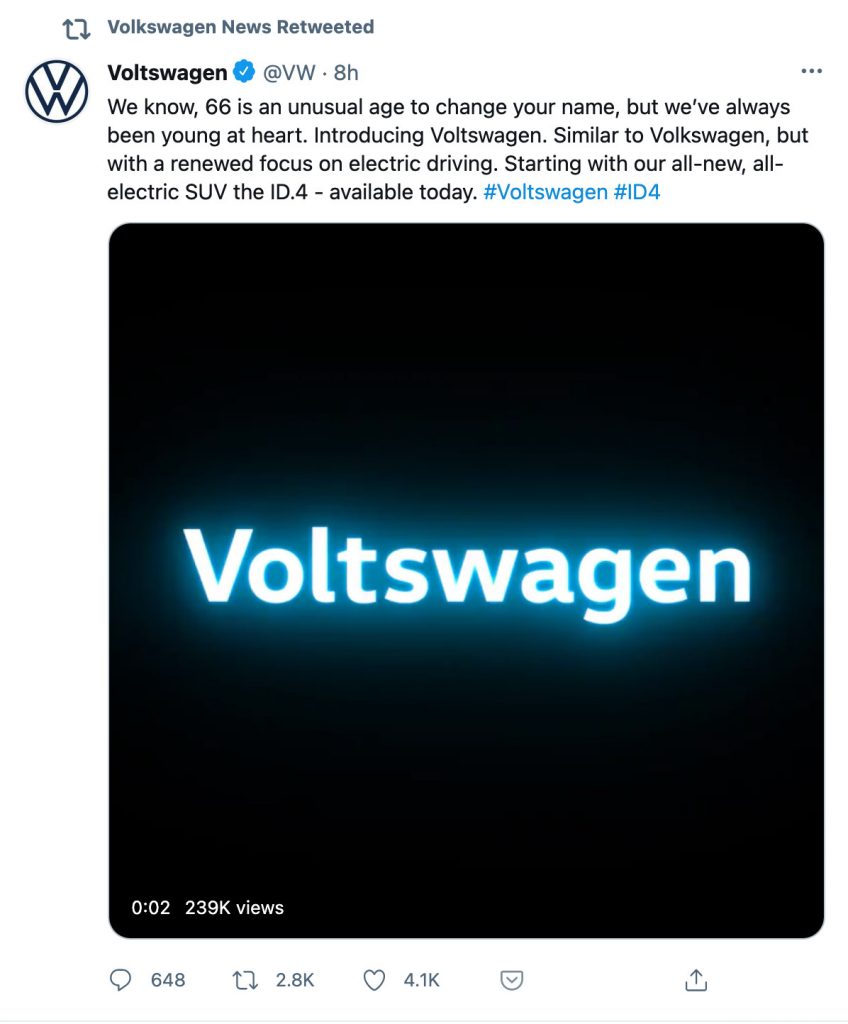
This one was all over the internet because it went so badly it actually affected share prices! If you ever have a joke fail to land, just be grateful you’re not also waiting to hear if you’re in trouble for trying to influence trading.
With the popularity of electric vehicles from competitors like Tesla and a history of being associated with gas-guzzling engines, Volkswagon was coming from the right place looking to use these two relatable truths to make a joke that would coincide with the ramping up of its vast electrification programme in the US with the ID4.
The car brand announced in press releases that it was rebranding to “Voltswagon”, to honour its commitment to electric vehicles by becoming inextricably linked with them. The release said the name change would take effect in May and called the renaming a “public declaration of the company’s future-forward investment in e-mobility.”
Why the joke didn’t work:
Volkswagon got the timing and delivery off on this one. They chose a press release, rather than a more tongue in cheek viral approach on their socials. Confusingly, they announced it before April Fool’s Day itself, and, worst of all, they announced it very seriously. The tone of the press release is dry and realistic, with no surprise twist on what they’re parodying to highlight that it’s a joke. Voltswagon even denied it was a joke at first when asked! Only to quickly backtrack with egg on their face as the news began to have implications on the stock market.
A good joke knows it’s a joke, and isn’t ashamed of it. If it’s coming from relatable truths, it’s going to be a hit. So there’s no shame in delivering it clearly and candidly as what it is – a joke. Sadly, this played out somewhere between a joke and a failed marketing stunt.
V by Velveeta skincare
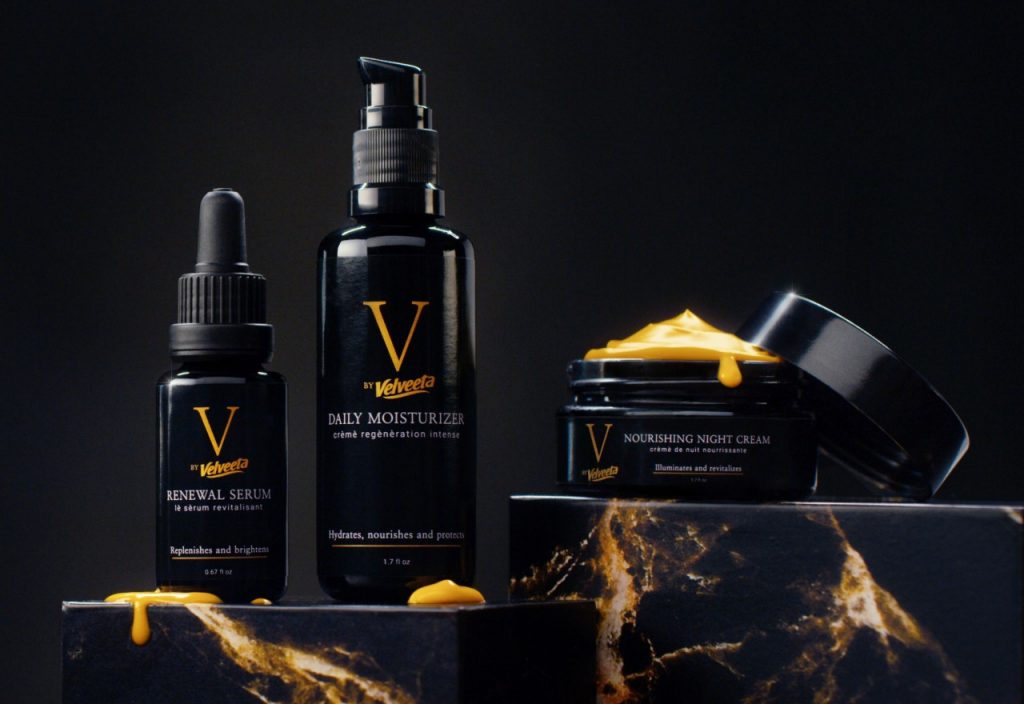
Creamy cheese brand Velveeta released a video ad parody for a fake new “skincare” range, with moisturisers allegedly inspired by the smoothness and creaminess of their cheese. “It’s like liquid gold,” was the tagline.
Why the joke didn’t work:
On a visceral level, it’s just a bit too disgusting, isn’t it? Relatability-wise it misses the mark of appealing to either a skincare audience OR a cheese audience.
Both these things ARE smooth and creamy. But no one’s ever imagined rubbing a bit of cheese across their T-Zone. Even the most zealous cheese-lovers haven’t ever thought “you know what? This cheese is so creamy I’ll whack it on as a moisturiser.” In fact cheese is quite known for giving people break outs! So probably not the best association to highlight. The ingredients of the joke aren’t relatable to the audience, setting it up to fail.
Structurally, it’s also not a very accurate parody of a skincare advert, so it misses the relatability mark there, making it even harder for the joke to land.
The ad they parody looks more like a perfume one. In a perfume ad you’d expect to find dramatic music, somebody running beautifully through a panorama, mood lighting, abstract evocativeness, a sense of grandeur. It ticks all the boxes for one of those.
A classic skincare ad, on the other hand, would have the recognisable tropes of either a celebrity or a relatable-looking woman peering in the mirror at her miserable “before” skin, applying the product, talking about the benefits, and showing the glowing “after” result with one of those creepy open-mouthed silent laughs. It would use words like “bio-q-retinol 10” and talk about the skincare science behind it with an unfathomable diagram.
The lighting would be bright, fresh and natural, not dark and moody. The aesthetic would be clean. 9 out of 10 women would agree. Somebody would be touching their face, for goodness sake!
One thing Velveeta did nail was the hand dipping into the tub to show the product texture. But it wasn’t enough to make the format the joke was delivered in relatable as a skincare advert, which undermined the punchline they were trying to set up.
Jameson South Africa’s skincare range
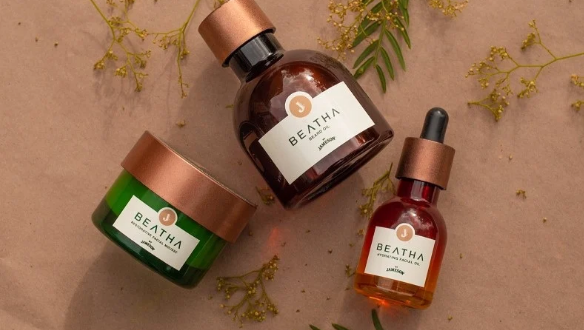
Skincare is in the air, it seems. In South Africa, Jameson announced the fake release of a skincare line similarly playing on the smoothness of their actual product. The joke was to kick off a month of comedy content for them. Let’s hope the rest of the month is a bit funnier!
Why the joke didn’t work:
They didn’t push the parody far enough to be unusual and surprising, taking it into the realm of comedy. These look like real, believable products. Their video ad featured South African celebrities endorsing the products, which served to make them even more believable.
To make this a joke, they would need to heighten to the absurd to make the contrast between the reality of their actual product – whiskey – and the fakeness of the joke product – a fancy skincare line – clear. (Think: a man at a sink throwing a glass of Jameson in his face the way men splash their faces in skincare ads.)
A joke needs to both take recognisable tropes AND put a surprise twist on them to make them funny. Just doing a pretty good job of replicating the things a skincare brand does…is just launching an okay skincare brand.
We’d also venture to guess that skincare may not be the most relatable Thing B Jameson could have chosen for an audience whose Thing A is their whiskey. This was possibly intentional in trying to pick a “wild card” product for an element of surprise. But choosing an ingredient too far outside of the world of your audience can make it hard for them to find the joke relatable enough to laugh at it.
So, that was our take on the tops and the flops of this year’s April Fool’s Day efforts by brands. What do you think? Have we inspired you to do your own and do it better next year? Did we miss a great gag or an epic fail that you spotted? Let us know your flops and faves in the comments.
